Assassin’s Creed
With an intriguing narrative, engaging gameplay and absolutely stunning graphics, the first Assassin’s Creed games felt like next-gen gaming living up to its potential.
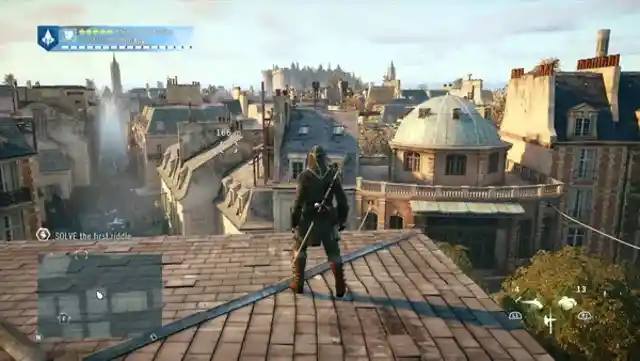
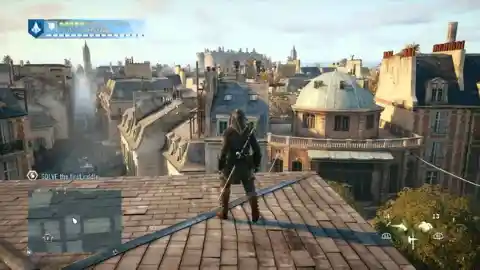
Now, Assassin’s Creed is the poster child for franchises that lost their way, with Ubisoft churning out yearly installments that are basically just clones with different skin.
Civilization
The sheer scope of the original Civilization games was mind-boggling, and fans eagerly immersed themselves in the incredibly detailed worlds. As the franchise progressed, however, Firaxis began adding extortionately priced expansions – basically a cynical pay-to-play scheme – that rightfully provoked fans’ wrath.
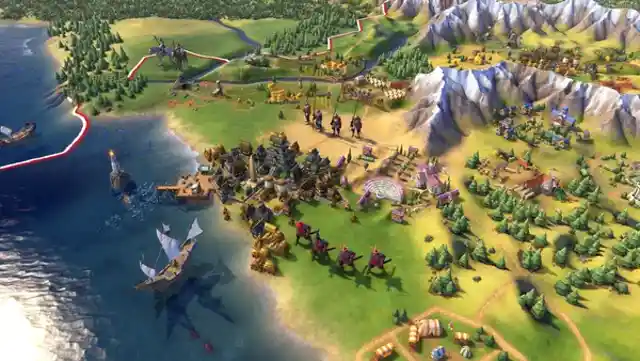
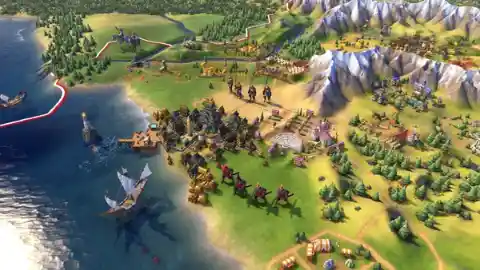
The fact that this coincided with a noticeable decline in quality further alienated gamers, although there’s no sign that the franchise plans to stop grinding out offerings.
Dishonored
The first Dishonored game was a masterpiece, earning favorable comparisons to Thief, another stealth-based critical darling. Sadly, Bethesda very clearly rushed out the second game, leading to a glaring lack in quality.
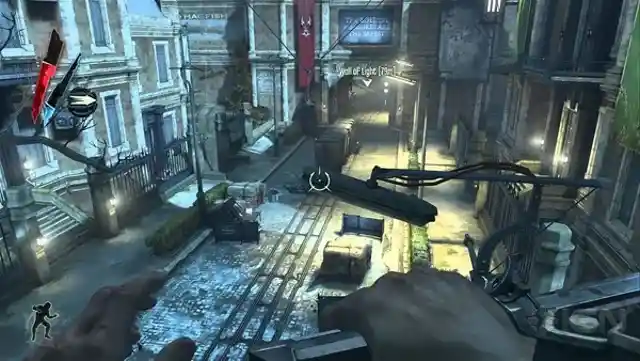
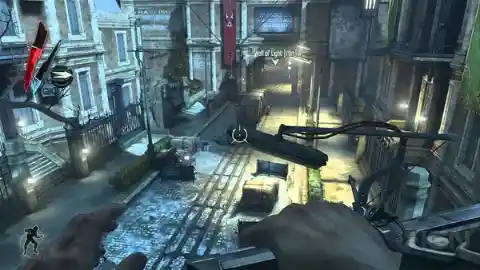
The third – and probably final – installment confirmed most fans’ suspicions that what could have been one of the greatest series of all time was destined for mediocrity.
Far Cry
While topping Far Cry 3 – one of the best first-person games ever made – was always going to be a monumental challenge, it’s astounding how quickly the franchise went downhill.
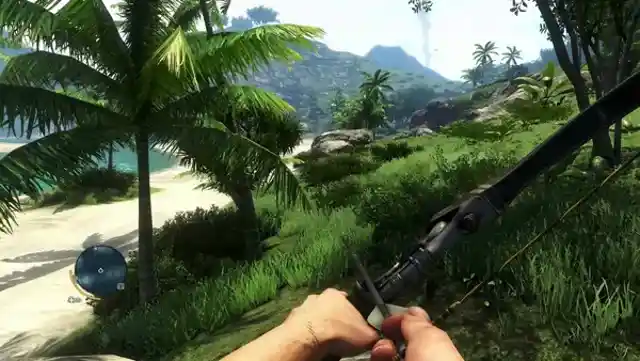

Clearly desperate to replicate the game’s success, Crytek tried replicate its formula over and over again, but only succeeded in proving that lightning doesn’t strike twice.
Duke Nukem
While the first Duke Nukem game was nothing special, the franchise hit its stride with the second installment and surpassed itself with the third.
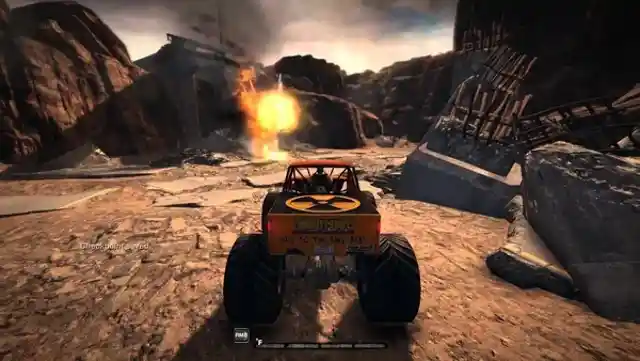
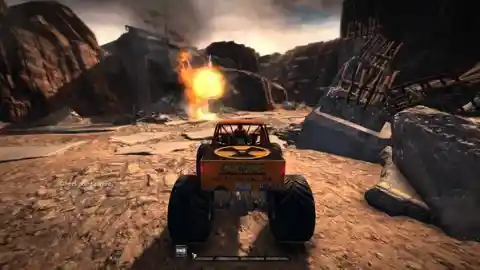
Licensing disputes then led to a major delay, and by the time Duke Nukem Forever was released many of original team had moved on to other projects.
Street Fighter
When you think of side-scrolling brawlers, it’s likely that Street Fighter is one of the first franchises that springs to mind. While the original games were undeniably pioneering, it wasn’t long before Capcom were churning out rinse and repeat replicas.
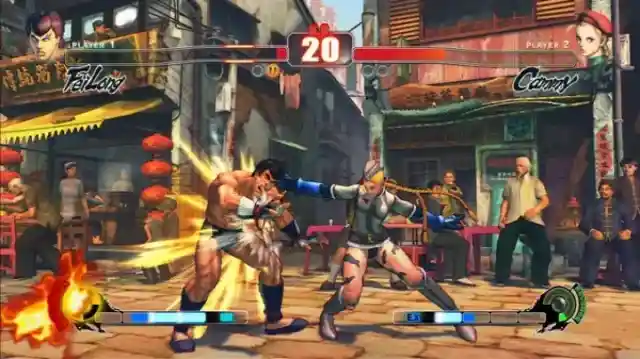
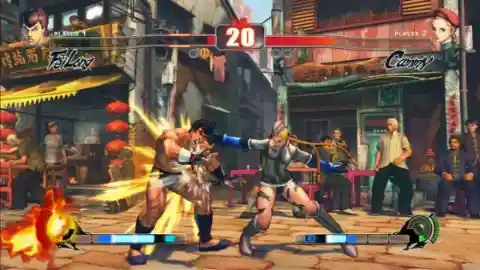
These boring mimicries added a few new characters each time in an attempt to convince fans that it was worth picking up the latest installment, but most saw through the cash grab.
F.E.A.R
Released in 2005, the first F.E.A.R game was the most impactful horror title since the original Resident Evil, serving up a masterclass in first-person jump scares.
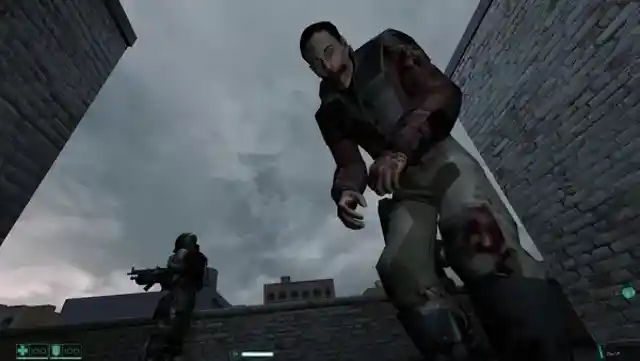
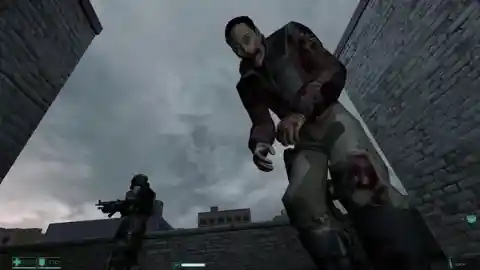
Much like Resident Evil, however, the developers started forcing new installments out as fast as they could, clearly more concerned about cashing in on the franchise’s hype than maintaining a high level of quality.
Halo
The first three Halo games are bona fide masterpieces, combining innovative gameplay, ambitious, heartfelt storytelling and a beautifully scored soundtrack befitting of a Hollywood blockbuster.
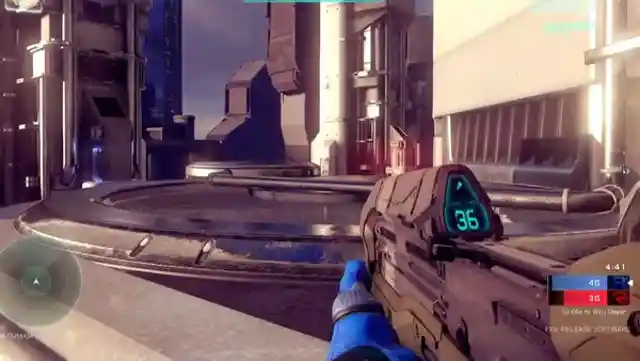

The series was never supposed to have more than three installments, but Microsoft ended up handing the franchise to a new studio who continue forcing out new titles of ever diminishing quality.
Silent Hill
One of the most iconic franchises in the history of gaming, Silent Hill immediately won the hearts of horror fans with its eery atmosphere, explorations of disturbing themes and inspired character designs.
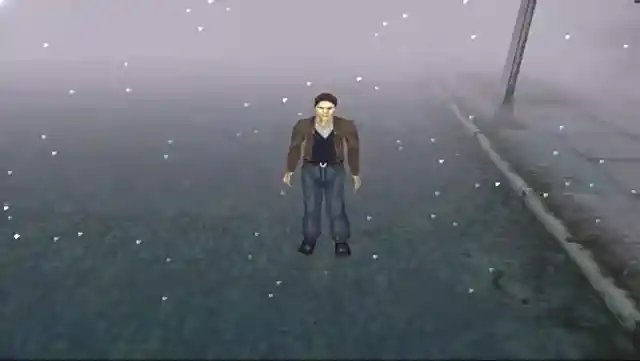
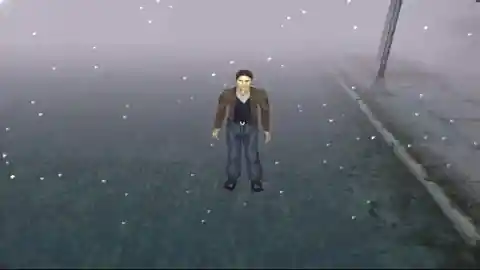
While Silent Hill fans differ on when they think the series lost its way, most would agree that after the original production team departed after the fourth installment, things started to rapidly go downhill.
Five Nights at Freddy’s
While Five Nights at Freddy’s managed to maintain an impressive level of quality for most of its releases, the last few installments have fallen well short of fans’ expectations.
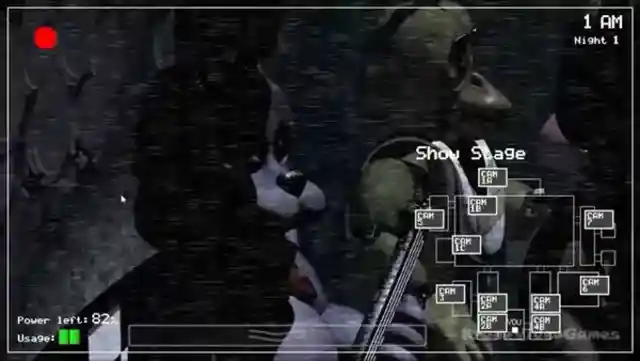
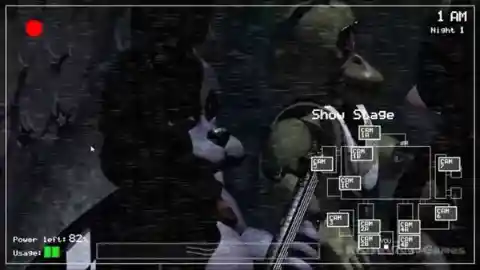
The franchise’s most recent addition – Five Nights at Freddy’s: Security Breach – was a particularly shoddy effort, with some sections so buggy they’re borderline unplayable.
The Dark Pictures Anthology
With its blend of gameplay and cinematic action, 2015’s Until Dawn immediately captured horror fans’ attentions. The game was so successful that developer Supermassive decided to use it to kickstart a franchise, dubbed The Dark Pictures Anthology.
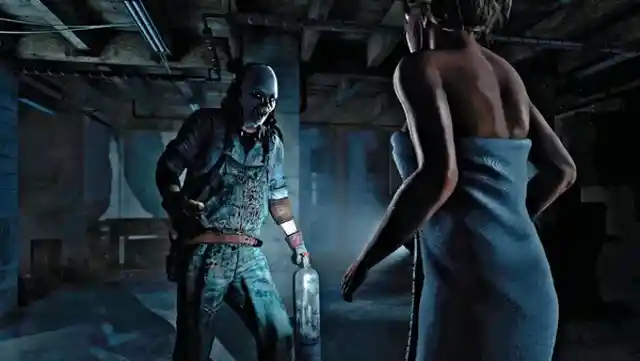
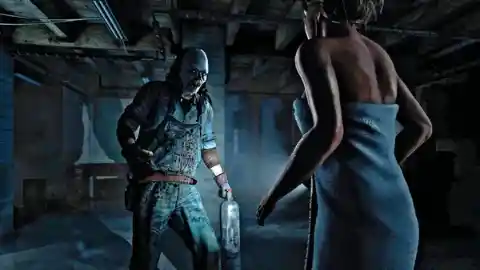
Unfortunately, the subsequent games – starting with Man of Medan – were nowhere near as well written as Until Dawn, leading to widespread disappointment.
Alone in the Dark
One of the pioneers of the survival-horror genre, Alone in the Dark’s influence can be felt in franchises from Resident Evil to Silent Hill.
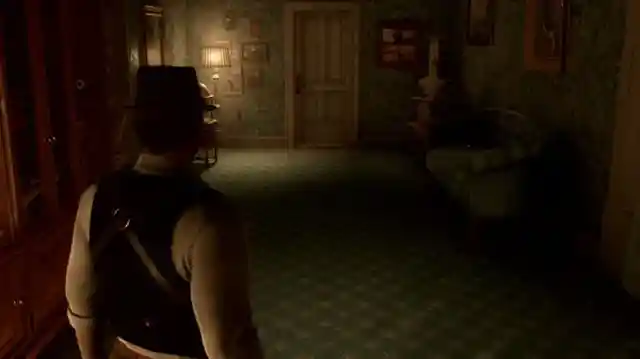
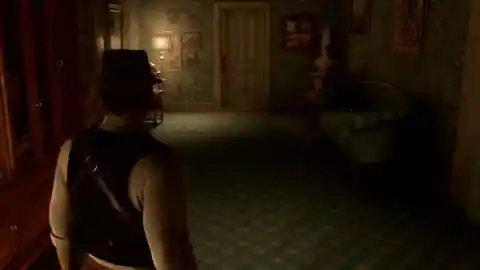
While those series were able to keep fresh ideas coming, however, Alone in the Dark swiftly turned into a one-trick pony, and – although it remained popular for much of the 90s – fans have now largely forgotten the franchise.
Gears of War
The trajectory of the Gears of War franchise closely mirrors that of Halo. After three fantastic games, the series should have been allowed to go out on a high.
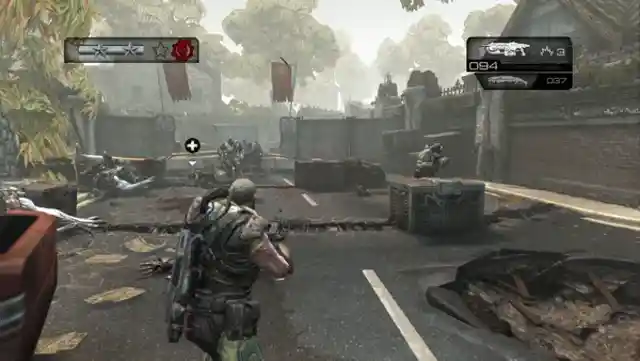
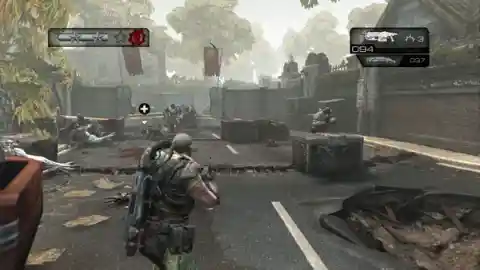
Instead, Microsoft rushed out an ill-conceived prequel that failed to bring anything new to the table, irreparably tarnishing the franchise’s legacy.
Parasite Eve
Released in 1998, the first Parasite Eve game received rave reviews, and when the second installment replicated its success everyone assumed a fresh, new franchise had been born.
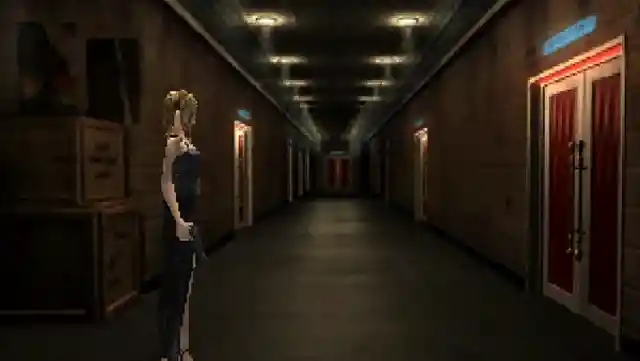
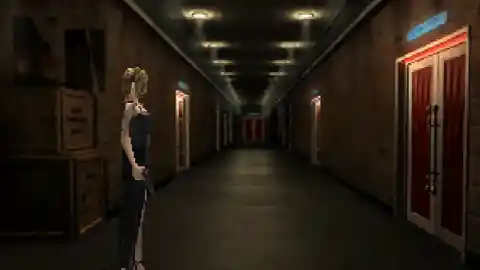
Then, for inexplicable reasons, Square Enix waited 11 years before releasing a third installment, during which time fans completely forgot the series even existed.
Clock Tower
1995’s Clock Tower proved that point and click games can be terrifying, largely thanks to its sinister villain and some brilliantly executed jump scares.
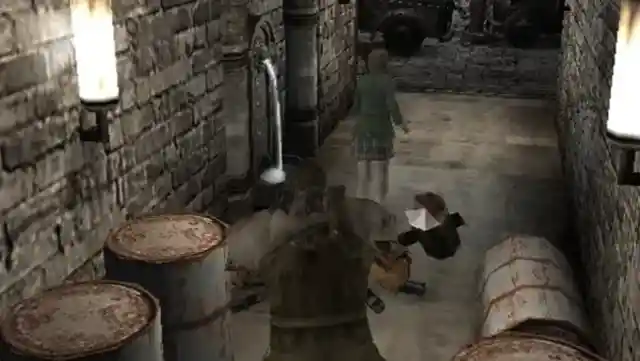
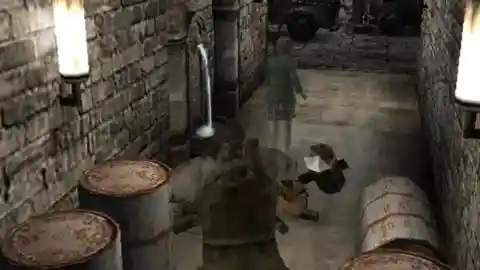
The franchise got three more installments – each progressively worse – and after the fourth addition (confusingly named Clock Tower III) was panned by critics and fans alike, the game’s developers decided to call it a day.
Madden NFL
Sports franchises are a goldmine for studios, as fans lap up yearly releases without expecting much in the way of upgrades. Sadly, that’s not enough for EA, who have turned the Madden NFL franchise into a way to unscrupulously part players with their cash.
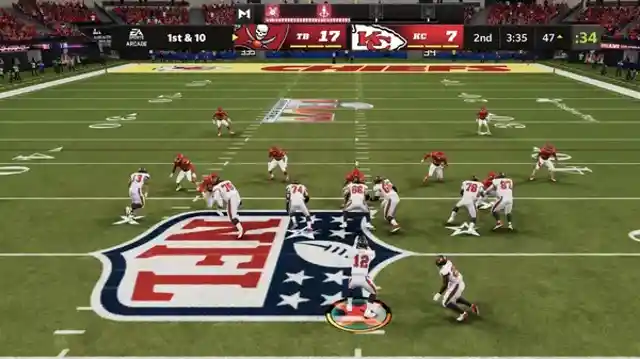
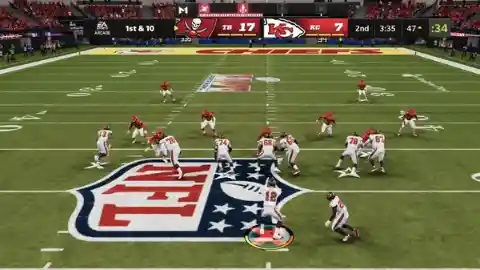
Unsurprisingly, most fans aren’t thrilled about buying an expensive game, only to find out they’ll have to spend more to actually enjoy it.
Amnesia
When Amnesia: The Dark Descent was released in 2010, there was general consensus amongst the gaming community that it was the scariest game ever made.
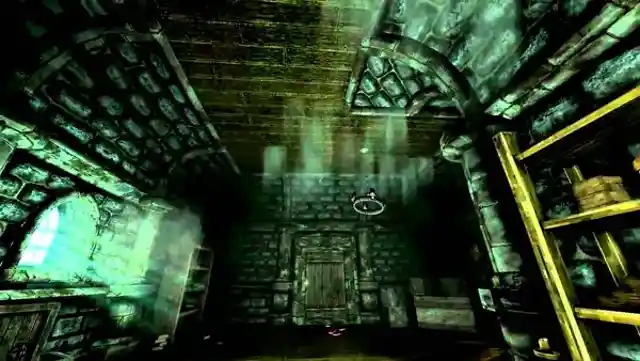
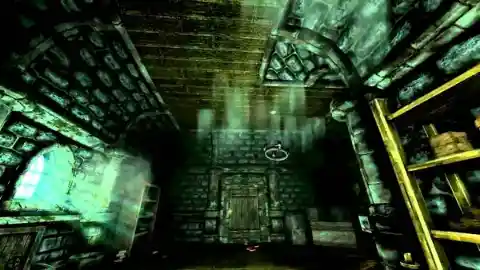
Its sequel – A Machine for Pigs – was widely considered to be better than the original, but by the time Rebirth came out in 2020, other horror franchises had figured out more innovative ways to terrify players.
Crash Bandicoot
Considering Crash Bandicoot is one of the most recognizable franchises in the history of gaming, it’s kind of shocking that it only has four decent installments.
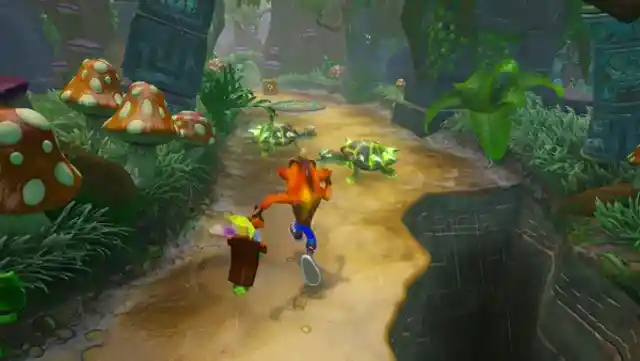
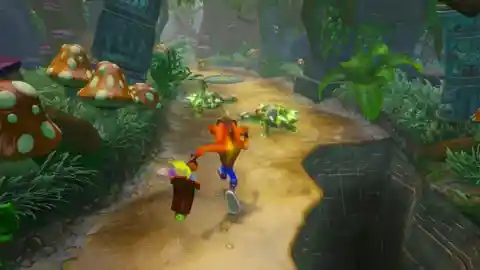
The last Crash game on console was in 2008, and since then the developers have mostly tried to cash in on the little relevance the series still has with a series of awful mobile games.
Resident Evil
The original Resident Evil redefined what was possible for horror games, thrilling gamers with its blend of action sequences and scares. As the franchise progressed, however, the emphasis shifted more to the action end of the spectrum.
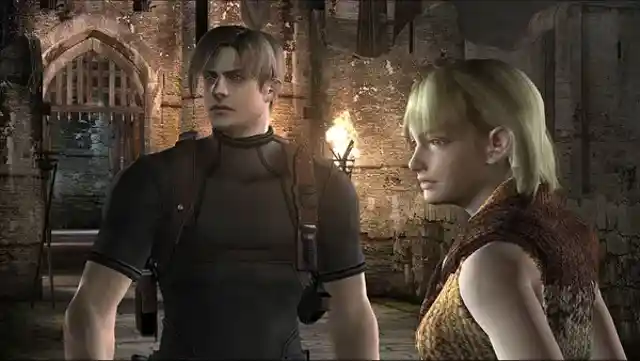
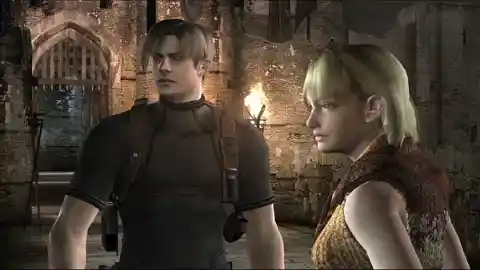
As a result, the horror elements that were an equally important part of the formula ended up falling to the wayside. With the most recent installments, there are signs that the series is returning to true top horror form, but only time will tell.
Quake
While the first Quake games found success as some of the first fully 3D rendered shooters, the franchise really hit its stride when it started focussing on multiplayer gameplay in Quake 3: Arena.
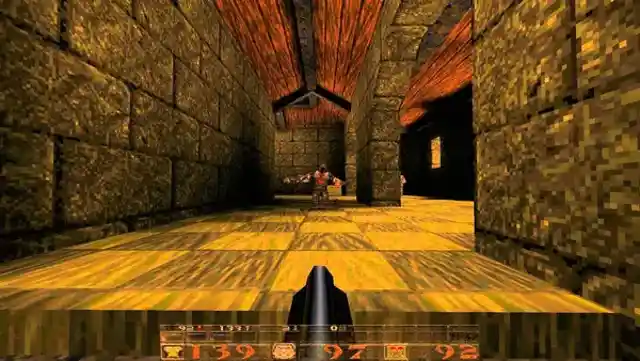
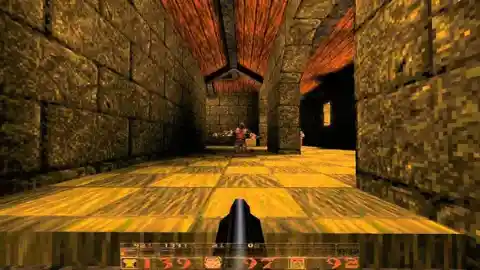
id Software were intent on bringing the series back to its more story-driven roots, however, which ended up making the gameplay significantly more boring and alienated fans.
Perfect Dark
At one point hailed as Nintendo’s answer to Metal Gear Solid, the first Perfect Dark games boasted gripping gameplay centered around excellent stealth mechanics.
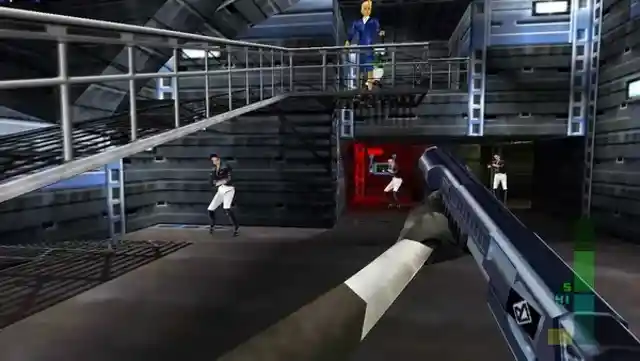
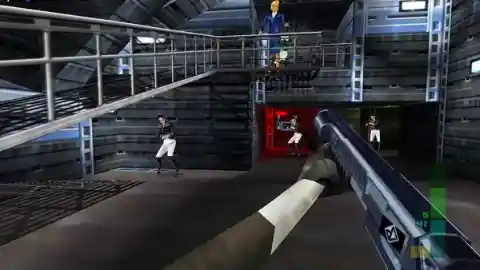
Things went downhill after the launch of Perfect Dark Zero on the Xbox 360, with developers making the inexplicable choice to trade the series’ trademark gritty tone for a lighthearted, colorful aesthetic that didn’t work at all.
FlatOut
With its then-groundbreaking damage mechanics and entertaining rag doll physics, FlatOut immediately won legions of fans in the destruction derby sub-genre of racing games.
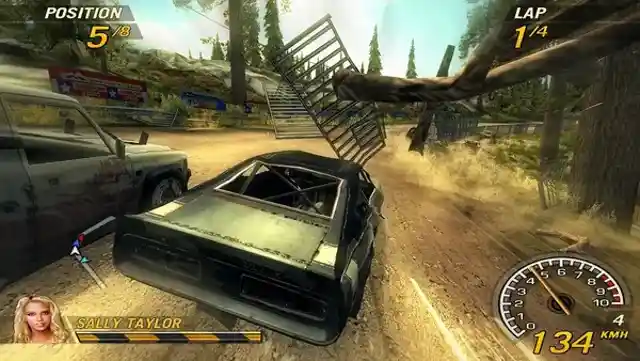
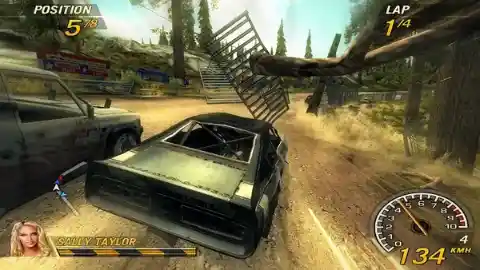
Unfortunately, the franchise never managed to add to its initial innovations, and after a few installments players grew weary of its formulaic offerings.
Outlast
Many gamers still adamantly insist that they’ve never been as scared as they were the first time they played Outlast, and its legacy as one of the most terrifying horror games remains unsullied.
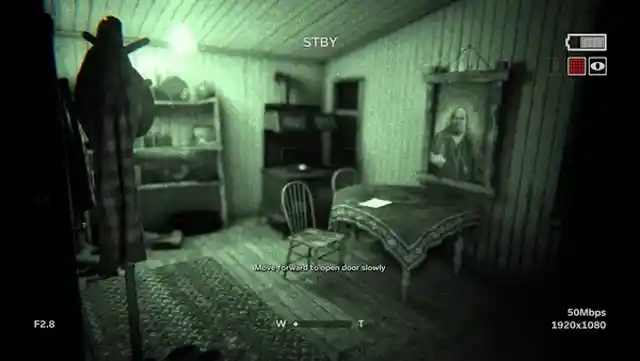
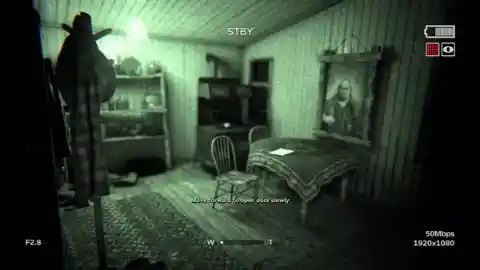
While the franchise’s first installment was an exercise in unbearable tension punctuated by extreme panic, Outlast II sacrificed scares in favor of a more ambitious narrative, a choice which turned off a lot of fans.
Tom Clancy
While not technically a single franchise, all the series that fall under the Tom Clancy umbrella have suffered the same sad decline. What’s to blame? Big picture, Ubisoft; specifically, micro-transactions.
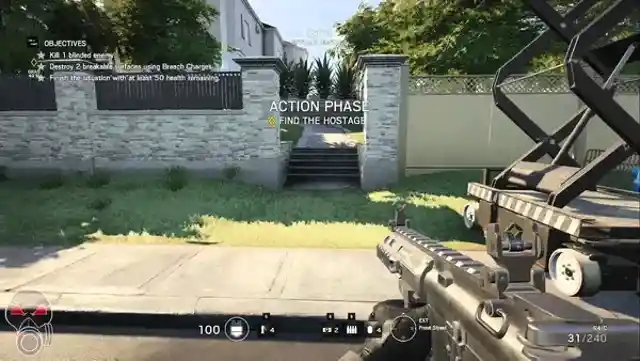
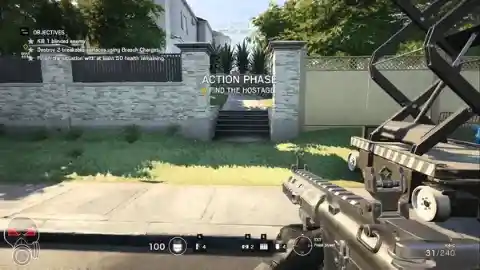
Pretty much all the Tom Clancy franchises – including former greats like Ghost Recon and Rainbow Six – have been ruined by the studio’s attempts to squeeze more and more money out of gamers.
Final Fantasy
The Final Fantasy series is a great example of a franchise that never got worse, per se, but didn’t do enough to stay ahead of its competitors.
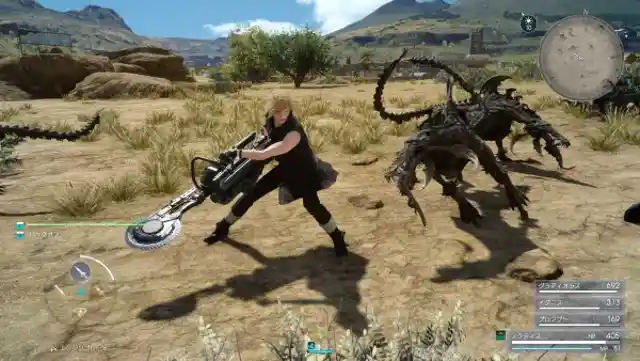

The Final Fantasy games still boast gorgeous graphics, sweeping storylines and tight gameplay, but there are now plenty of other franchises offering all that and more, making Final Fantasy an increasingly weak value proposition.
FIFA
Once the reigning champion of soccer simulators, FIFA has now largely been ruined by EA’s unchecked avarice, and is a far cry from the game that sports fans once held so dear.
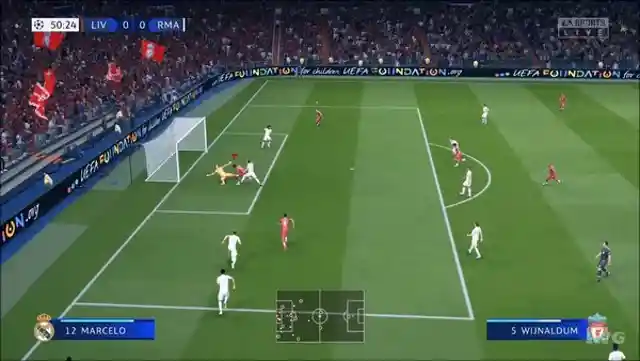
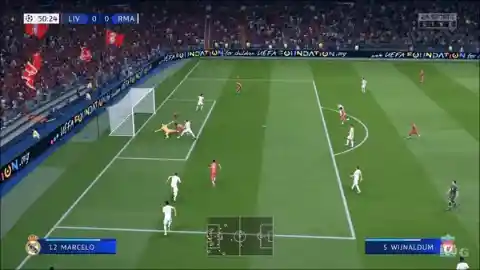
Once the studio realized that it could get players to fork over more cash with its Ultimate Team mode, it started neglecting pretty much all other areas of the game, with graphics and gameplay remaining virtually unchanged in recent years.
Sonic the Hedgehog
The first few Sonic games provided breathless, exhilarating gameplay, winning legions of fans in the process.
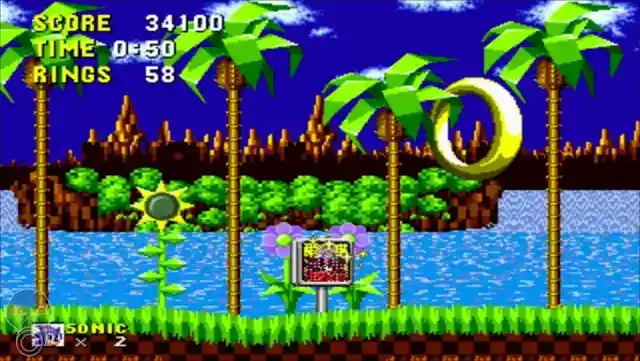
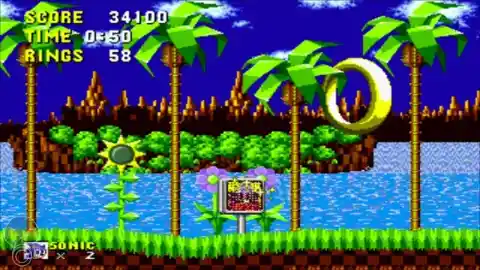
Over the years, however, SEGA has become more interesting in exploiting the franchise’s brand recognition for soulless cash-grab movies and spinoffs, clearly investing hardly any effort at all into the games themselves.
Pokemon
When a franchise strikes gold right out of the gate, it often leads to a slow stagnation as the motivation to innovate just isn’t there. Such is the case with Pokemon.
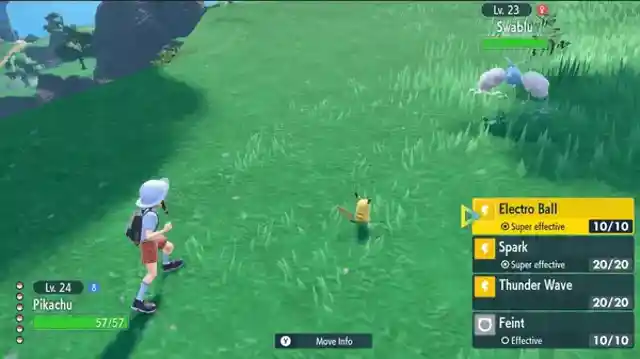

After the runaway success of its first installments, the franchise has basically coasted, improving its graphics and not much else. With Game Freak increasingly focussed on Pokemon GO, don’t expect its console games to get better any time soon.
Dead Space
With its sci-fi elements and panic-inducing gameplay, 2008’s Dead Space felt like a fresh addition to the survival-horror genre.
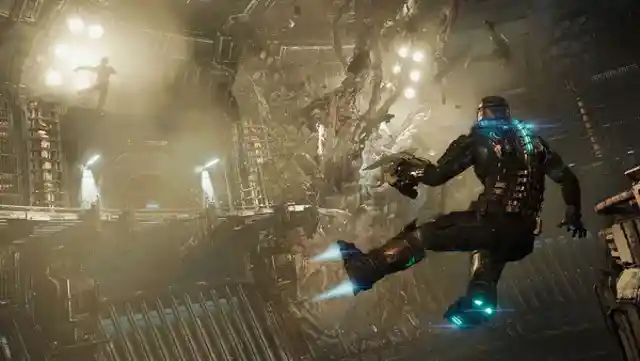
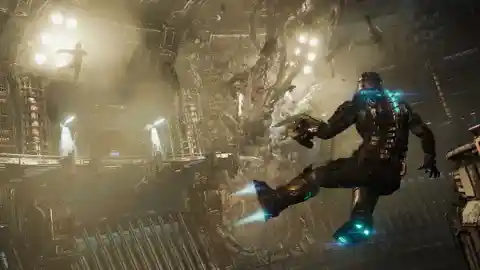
While its sequel was well-received, from the third installment onwards fans felt a noticeable dip in quality, and when the studio released a mobile game (a surefire sign a franchise is dying) most gave up hope that it would return to form.
Gran Turismo
While Gran Turismo was once the clear frontrunner of racing games, fans eventually started to grow weary of its hyper-realistic gameplay.
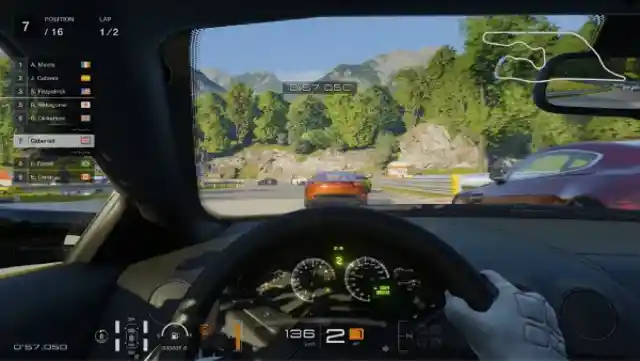
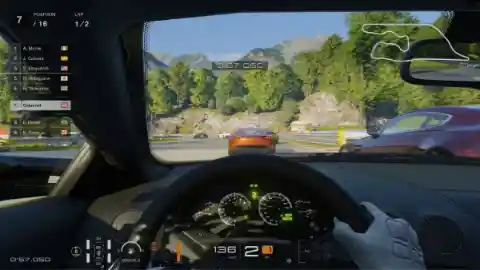
With profits falling, the studio implemented micro-transactions in the franchise’s seventh installment. This proved to be the nail in the coffin, generating an immediate backlash and driving fans to other racing sims, particularly Forza.
Guitar Hero
When Guitar Hero was released in 2005, it provided a completely novel experience and was eagerly lapped up by hardcore and casual gamers alike.
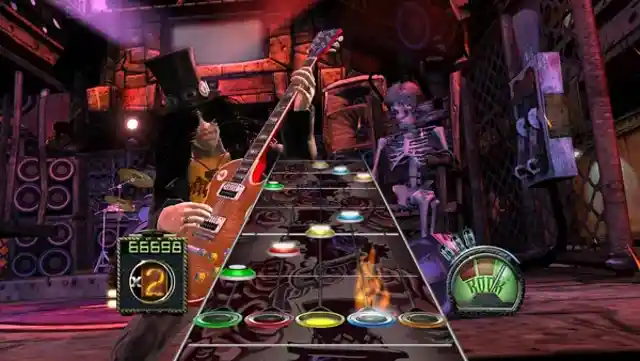
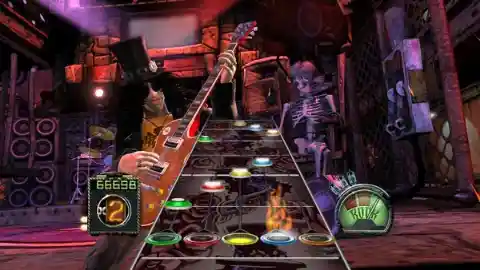
Predictably, however, the novelty wore off, and each successive installment saw progressively weaker sales. Activision’s attempts to restore originality with new Quest modes fell largely flat, and it’s now hard to imagine Guitar Hero returning to its former glory.
Call of Duty
For fans of first-person shooters, the fall of Call of Duty is a sad spectacle indeed. As with other franchises, greed ended up prevailing over new ideas, and as soon as the Call of Duty games became annual releases it was clear that innovation was low on the developer’s list of priorities.


While there have been a few gems in recent years, these are blips on an otherwise downward trajectory. Turns out there is such a thing as boring warfare!
Marvel Vs. Capcom
Crossover fighting games are generally tons of fun, and – for a number of years – Marvel Vs. Capcom was one of the best. After Disney purchased Marvel in 2009, however, the games became subject to increased corporate oversight, and it showed.
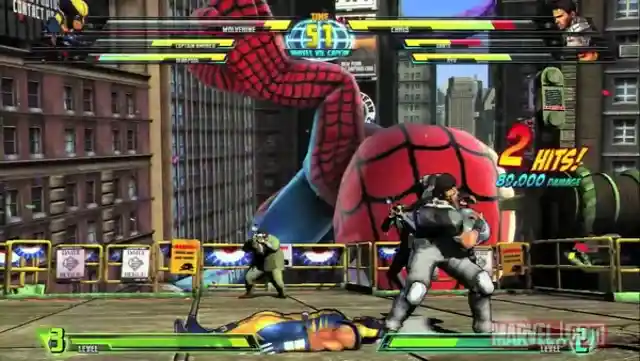
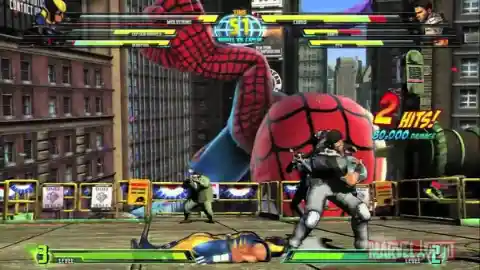
Many of the more outlandishly fun elements were pared back, and the art style was brought in line with the MCU, which made it significantly more boring.
Turok
The first Turok game was so good that its exhilarating dinosaur battles weren’t even the best bit, but it all went tragically downhill after that.
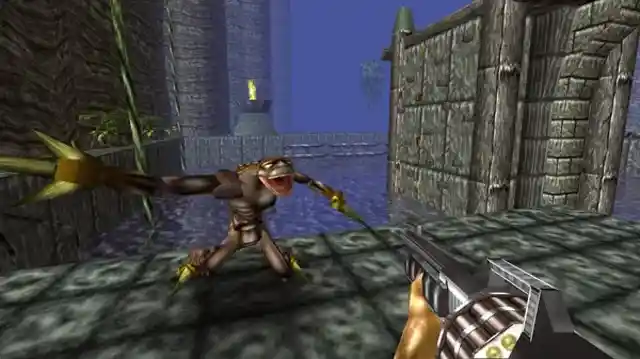
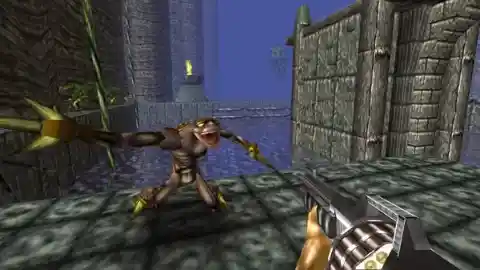
The sequels saw developers go all in on gritty, overambitious narratives, turning what should have been an excitingly fresh franchise into a series of increasingly derivative snooze-fests.
Castlevania
One of the longest running franchises in the history of gaming, Castlevania began to inexorably decline after 1997’s Symphony of the Night.
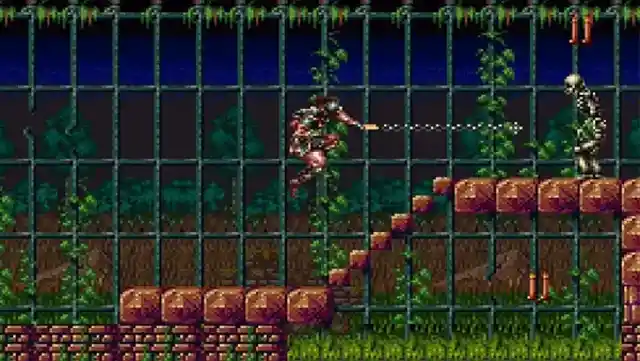
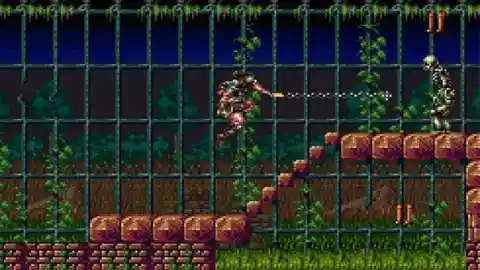
In 2010, Konami brought in new developers to breathe life back into the series, but sadly all that achieved was a switch to uninspired hack and slash combat.
Command & Conquer
One of the pioneers of the real-time strategy sub-genre, Command & Conquer was a huge hit with PC gamers.
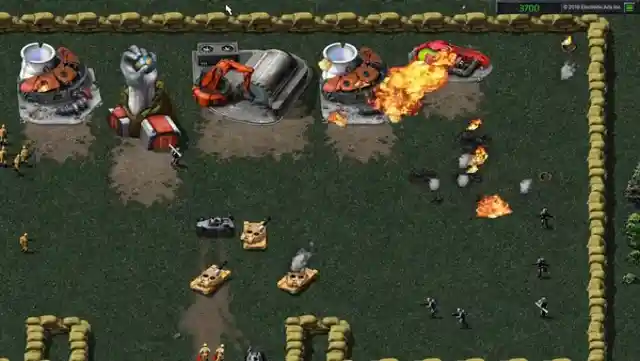
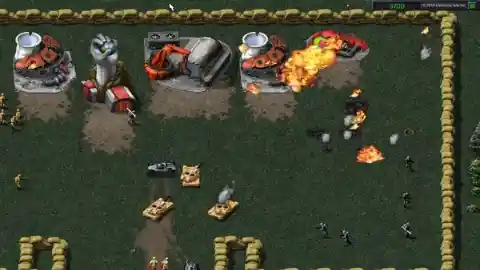
After a number of successful installments, EA got their hands on the franchise, predictably turning it into a mess of poorly thought out gameplay mechanics. It also didn’t help that this came as interest in RTS games was naturally starting to decline.
Metal Gear Solid
The Metal Gear Solid franchise proved that it’s possible for games to tell complex, cinematic stories, and narrative has always been an integral part of its games.
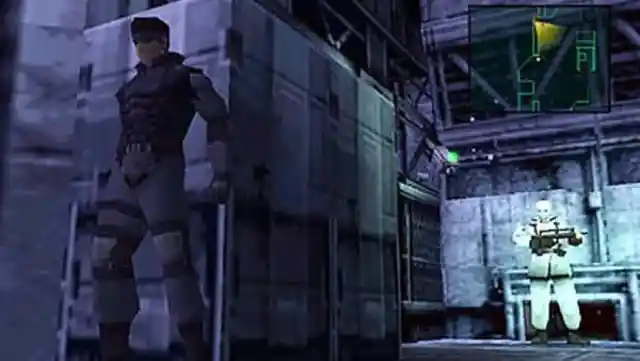
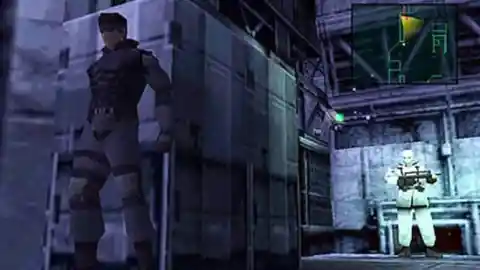
That is, until 2015’s The Phantom Pain. While the switch to an open world certainly resulted in some fun gameplay, it came at the expense of the engaging storytelling that made the series great to begin with.
Mass Effect
The first Mass Effect games were unprecedented in their level of ambition, but BioWare’s talented developers confidently rose to the task. For a time, anyway.
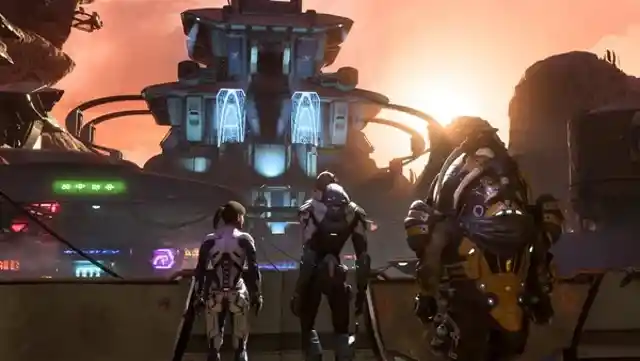
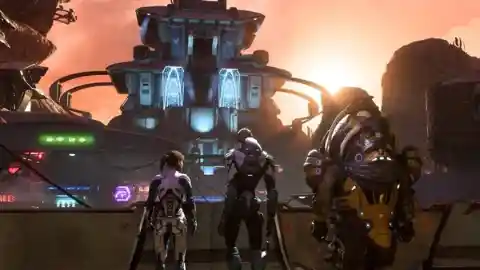
After EA bought the rights to the game, they majorly rushed development of the third installment, resulting in a disappointing end to the trilogy and angering fans who had spent countless hours on the previous two games.
Lost Planet
With its immersive, inhospitable world, lean shooting mechanics and tense monster battles, the first Lost Planet was an unsurprising hit. While the franchise’s second instalment was similarly well-received, everything fell apart with the third.
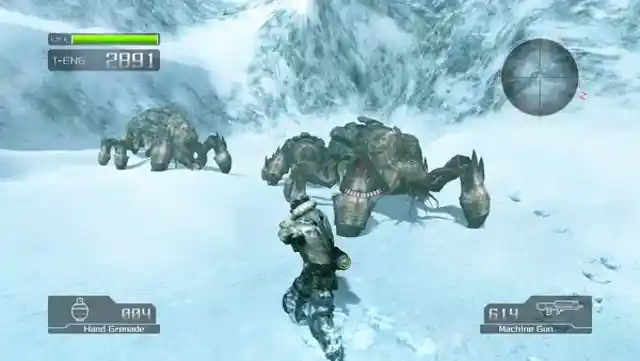
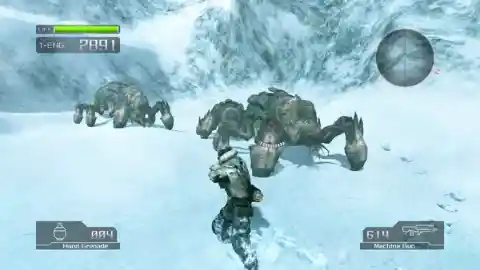
Fans wanted more of the same, but instead they got bloated, boring storylines and clunky gameplay, with the resulting backlash killing the series off for good.
The Sims
After becoming one of the most popular franchises of all time with its intriguing premise, The Sims suffered the same sorry fate as other lucrative EA properties.


Instead of actually trying to make the franchise better, the studio instead began rushing out spinoff after spinoff, quickly overwhelming existing fans appetites while doing nothing to appeal to new players. Fans quickly saw through the multiple cash grabs, including charging for items and gameplay that had always previously been free.
Crackdown
While never one of gaming’s better known franchises, Crackdown’s open world superhero experience earned it enough of a fan base to warrant three installments.
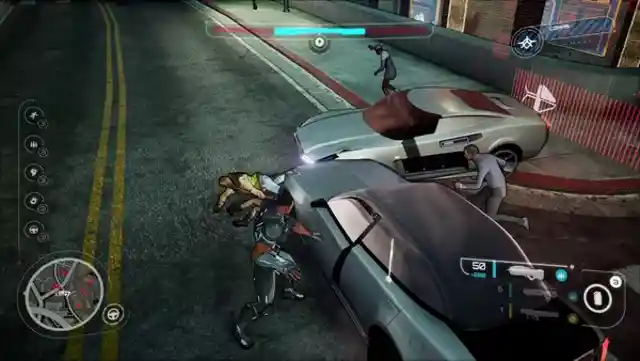

It’s unlikely there’ll be a fourth, however, after Crackdown 3 provoked widespread fury for failing to deliver a number of features that had been hyped up in its marketing campaigns.
Tetris
Just how there has become a franchise from the Tetris series is hard to understand. The original Tetris was released in 1988, yet somehow every few years a new version is released.
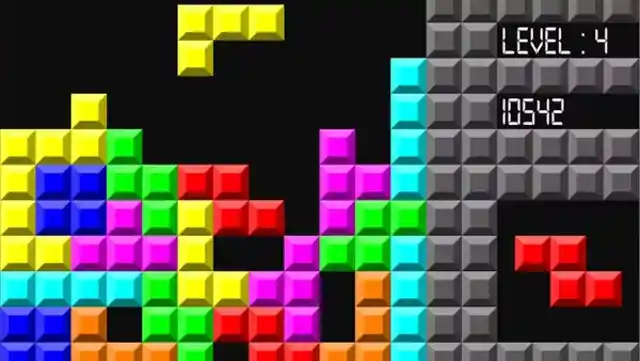
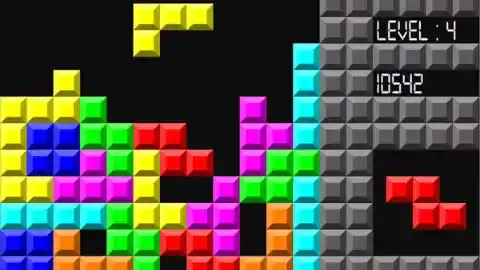
The gameplay rarely changes, making this one of the more pointless game franchises on the market.
Fighting Force
Fighting Force might have only gotten two games, but the PlayStation release was very much a Sony Entertainment variation of Sega’s Streets of Rage.
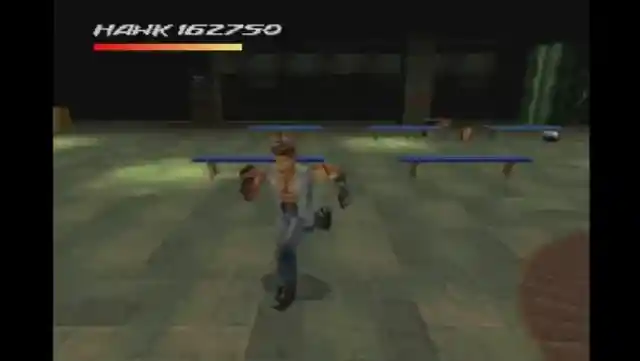
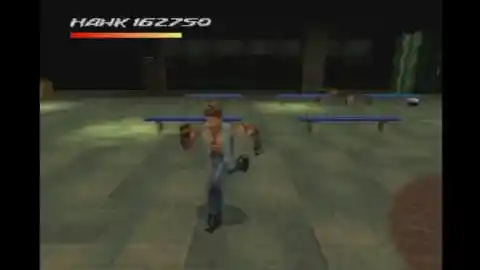
A beat ‘em up / shooter hybrid, the first Fighting Force was a lot of fun, thanks primarily to its multiplayer function. The second game removed this and in doing so ruined the chances of further games.
Dino Crisis
The original Dino Crisis, released in 1999, was created by Capcom and shared plenty of DNA with their other hit franchise, Resident Evil.
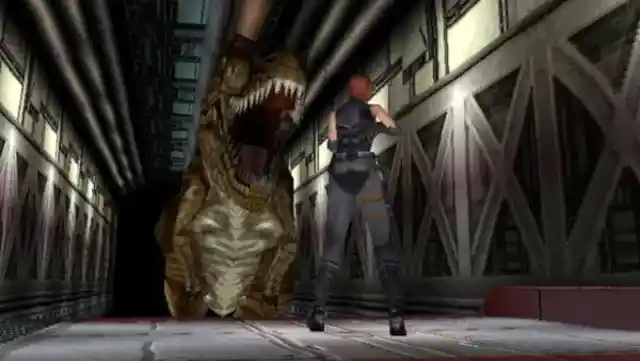
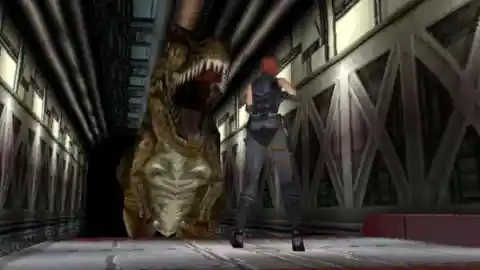
An equally entertaining sequel was spawned in 2000, but a clunky camera in 2003’s Dino Crisis 3 killed the franchise early.
Donkey Kong
World famous plumber Mario made his debut in the 1981 arcade game Donkey Kong. From there the Super Mario Bros. games would go on to become the giant of Nintendo.
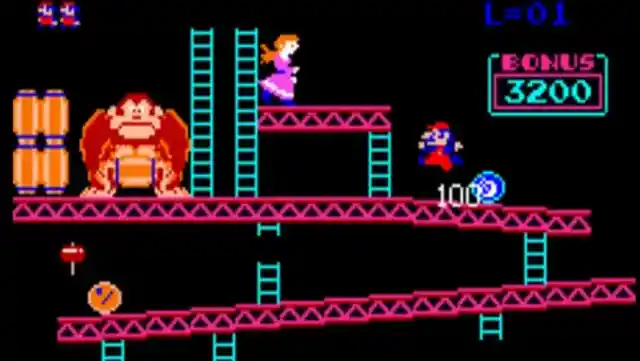
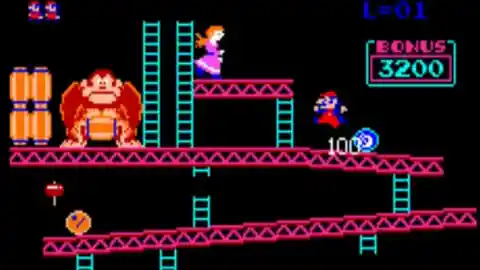
Whilst Mario went from strength to strength, poor Donkey Kong was left playing host to such terrible games like the music based Donkey Konga.
The LEGO Game Universe
In reality, the systematic release of LEGO sets based on popular intellectual properties is awesome – but the same cannot be said in the gaming world.
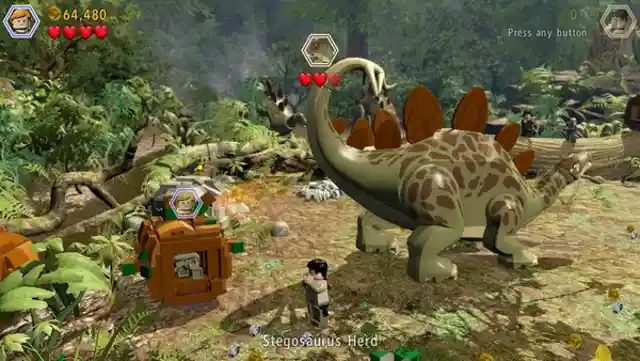

Although it might be fun to battle through Jurassic Park in LEGO brick form, that each LEGO game released follows the same formula and gameplay, just with a different facade, is tiresome.
Rock Band
The rhythm based game series was created as a rival to Guitar Hero, expanding the playable instruments out to include the drums, bass guitar, as well as microphone for those with a passion for singing.
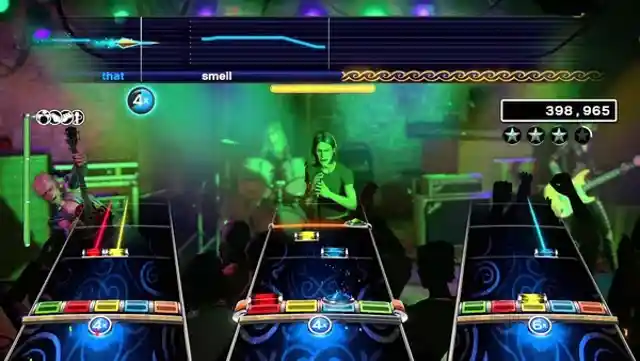
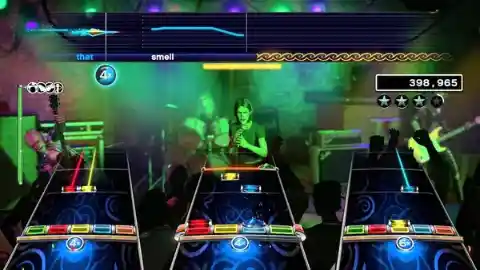
The inclusion of customization of the player’s band was a nice touch, but other than new songs, subsequent games had little to draw the casual gamer.
Dead Rising
One of the early hits of the Xbox 360 era, Dead Rising allowed gamers to try and survive a zombie apocalypse.
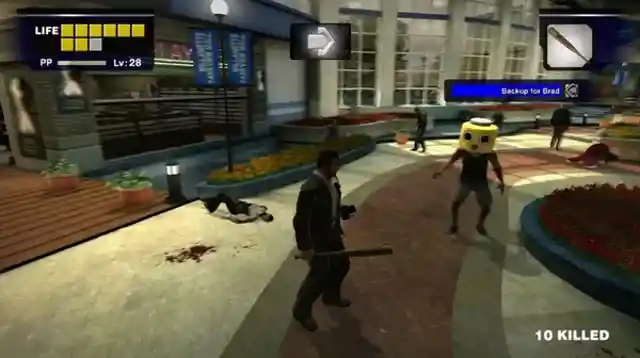
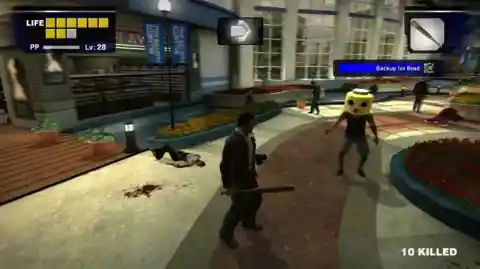
Dead Rising’s popularity ultimately became its undoing as the developers moved away from elements that original fans loved in favor of trying to reach the widest audience possible.
Tomb Raider
Tomb Raider’s mixing of mind-breaking puzzles and stress-inducing explorations made Lara Croft a titan of the first PlayStation console.
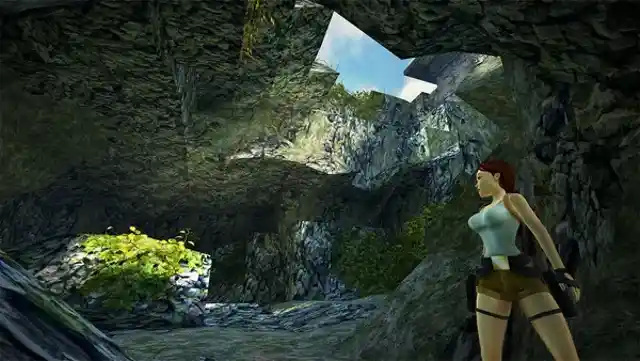
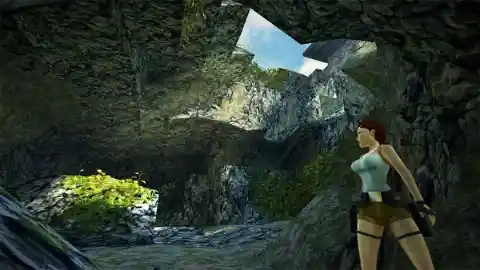
Ever since that first game, the creators have been chasing that magic, but recent attempts at rebooting the franchise have seen the series stray away from what made it great in the first place.
Grand Theft Auto
1997’s Grand Theft Auto allowed players to unleash their inner criminal as they sped about town completing tasks while trying to evade the police.
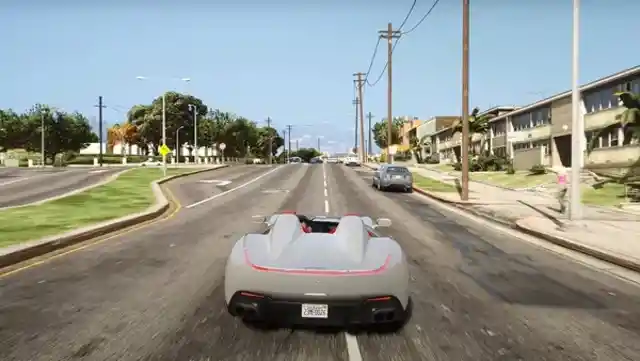
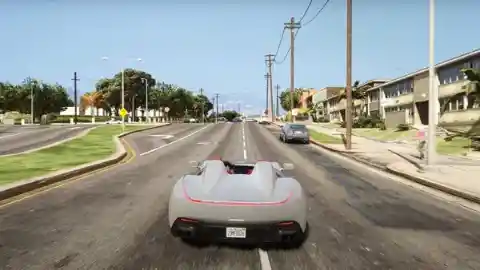
Although the Grand Theft Auto games have never been particularly politically correct, the series has gotten progressively worse with its representation and interactions with women.
Tekken
Although there are now eleven Tekken games, the series peaked in 1995 with the PlayStation release of Tekken 2.
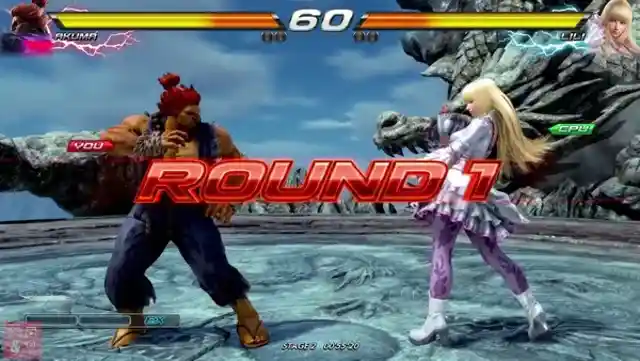
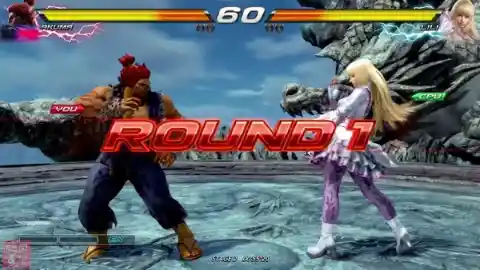
Since then the games have merely repeated themselves, finding convoluted reasons to retain iconic characters whilst introducing a handful of new ones. The graphics may have improved, but the gameplay and story modes have suffered.
Fable
Quest-based action-adventure game Fable enchanted Xbox gamers upon its release in 2004. Quite where the series lost its way is a point of contention on the internet, but the resounding response is that nothing has matched the original.
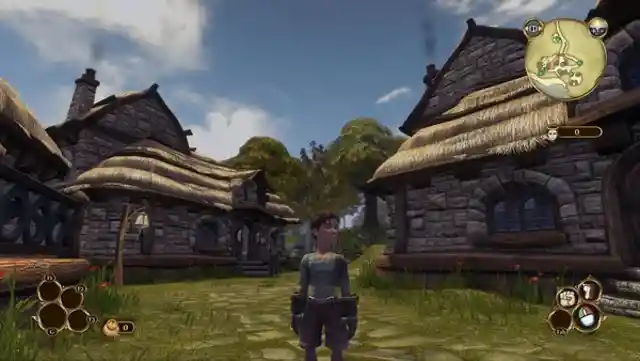
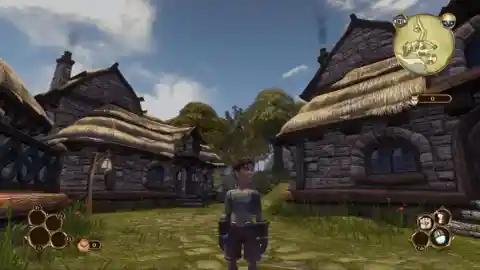
Perhaps this fantastical series should have been one and done.
Spyro the Dragon
Spryo the Dragon was a beloved video game series for a whole generation of gamers. However, eventually the titular dragon became a passenger in his own game.
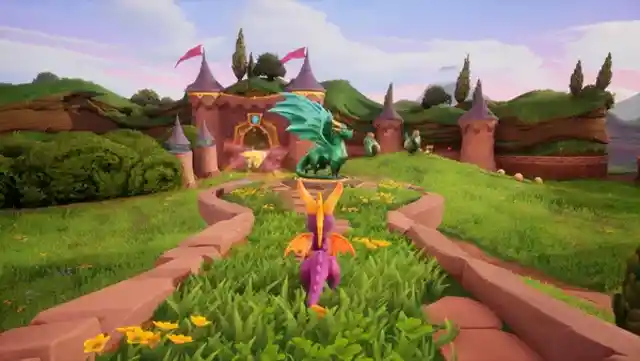
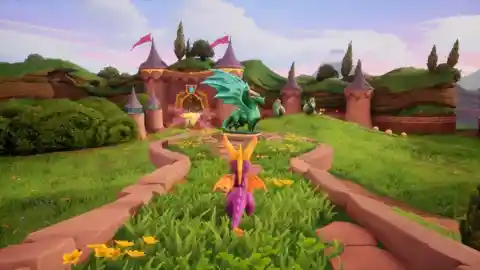
Skylanders: Spryo’s Adventure was a backdoor launch for the Skylanders series, which relied on players purchasing different character statues in real-life to unlock them in the game.
BloodRayne
The BloodRayne franchise includes a movie adaptation and a comic book series. It follows a mythical dhampir called Rayne who works to protect humanity from supernatural threats.
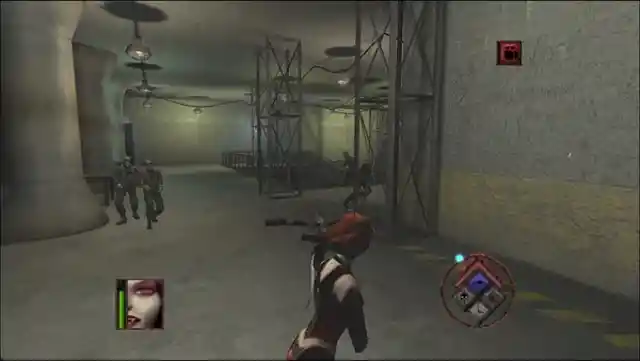
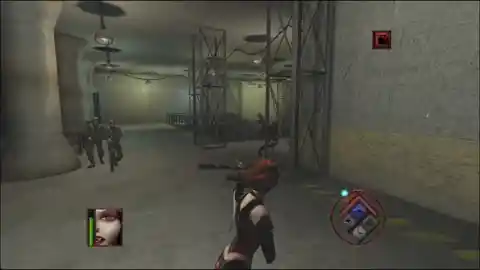
The hack and slash style of the first game was replicated for the sequel, though the new time setting, moving from the 1930s to the 2000s, caused some outrage.
Banjo-Kazooie
Banjo-Kazooie made his debut as a playable character in 1997’s Diddy Kong Racing, making it yet another game series to spin-off from Donkey Kong.
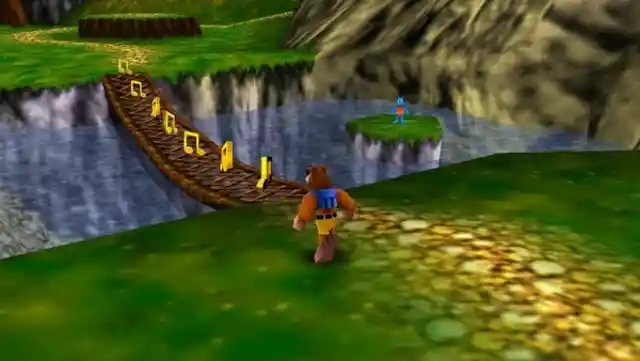
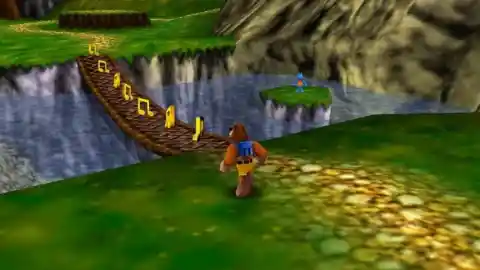
The platform game series was going great until 2008’s Banjo-Kazooie: Nuts and Bolts. This launched on the Xbox 360 rather than Nintendo, and neither the game nor the title character’s makeover went down well with fans.
Uncharted
The Uncharted series tapped into the popularity of the Indiana Jones and the Tomb Raider games to create a franchise that fell somewhere in the middle.
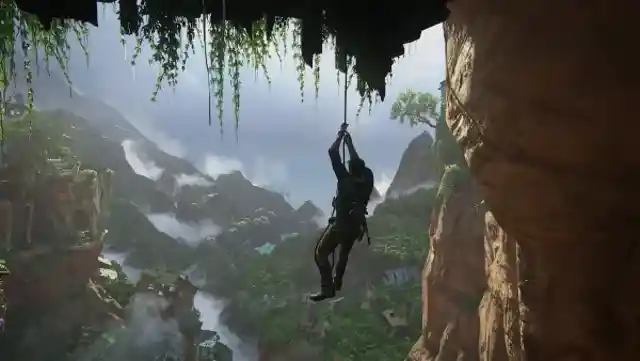
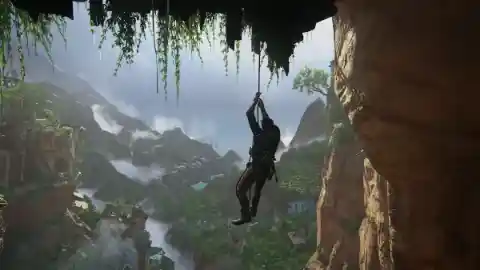
Whilst these homages work for the first couple of games, the lack of evolution or individuality left many frustrated.
Doom
Set in space, first-person shooter Doom pits players against the forces of Hell, hooked fans of science-fiction horror. A game that got straight to it, 1993’s Doom was light on narrative structure and heavy on action and carnage.
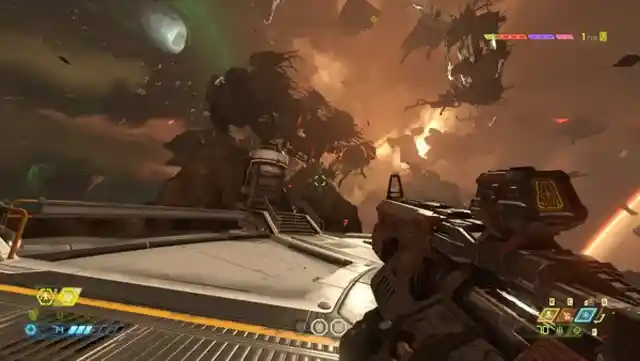
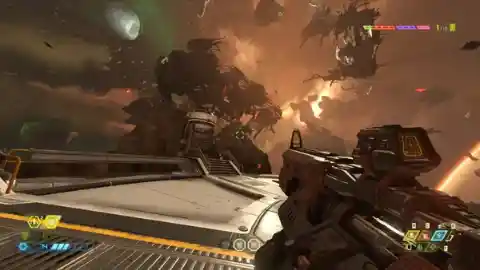
Sadly later games bulked up the story, sacrificing gameplay in the process. Sometimes you just wanna shoot space monsters without thinking too hard!
Fallout
With a legion of sequels and spin-offs, Fallout is one of the most popular gaming brands. Set in a post-apocalyptic Southern California, the series is beloved by many.
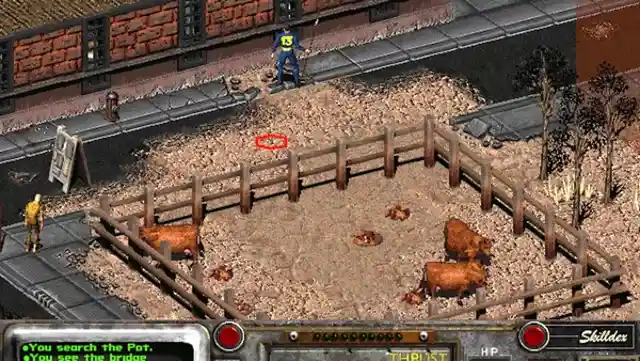
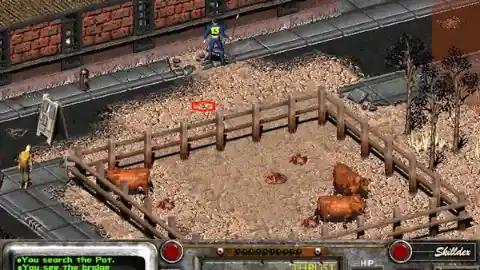
However change is not something the creators seem keen on and some of the games blur into one another after playing.
Ridge Racer
Driving games such as Ridge Racer are always hard to add innovation to, because each game is typically just driving cars around a limited number of circuits and vehicles aiming to win.
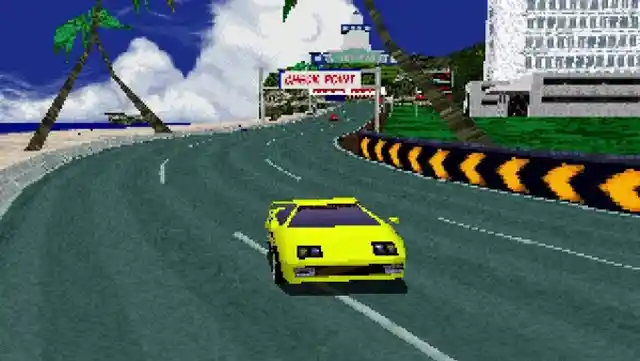
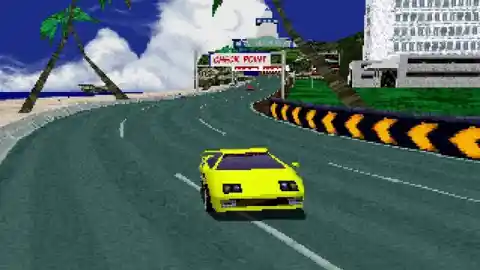
Although fun for the casual gamer, there is little to reward loyalty, and there is really no need to own all twelve Ridge Racer games.
Rayman
Platform franchise Rayman has been whipping fans into a frenzy since 1995. Despite players loving the colourful, 2D style, the first game is notorious for being one of the hardest games on the PlayStation 1.
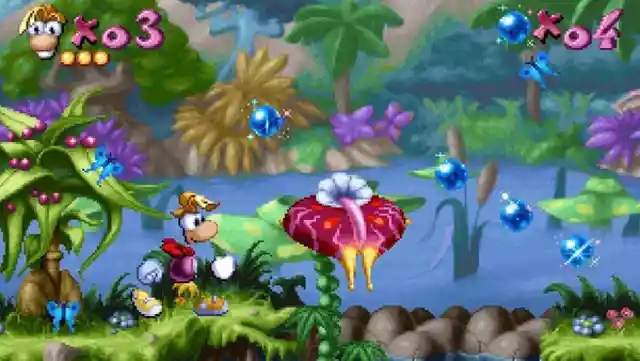

Sadly, games that followed switched the gameplay to 3D, removing some of the charm and whimsy of the original Rayman.
Diablo
Made up of four games, action role-playing dungeon crawler series Diablo began on a mighty high. Both Diablo and its first sequel Diablo II have been cited by players and game critics alike as being two of the best video games ever created.
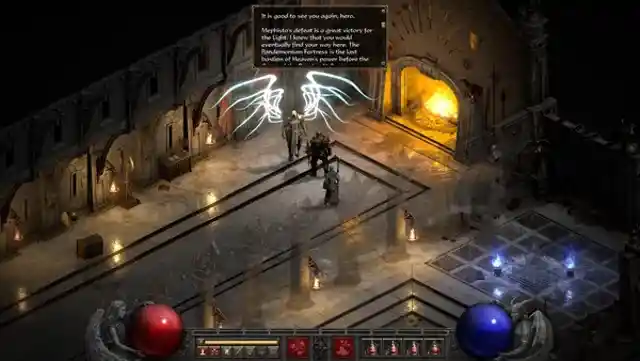
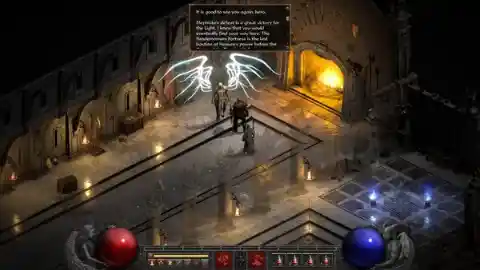
However, the third and fourth game marked a fall from grace, and despite it being profitable, the games themselves are a disappointment to fans.
Marvel: Ultimate Alliance
A case of players having to chase the dragon, the Marvel: Ultimate Alliance series peaked with the first game. Inspired by the X-Men: Legends franchise, Marvel: Ultimate Alliance allowed players to control around thirty Marvel heroes.
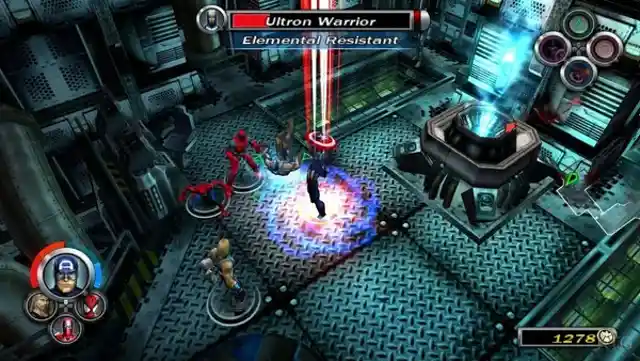
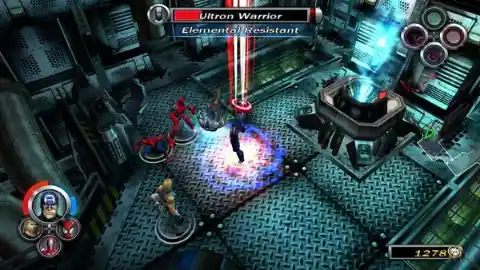
The sequel oversimplified the combat system, focusing more on attempting Marvel’s Civil War story-line, with disastrous results.
Need For Speed
The Need for Speed series of games made illegal street-racing seem cool way before Dominic Toretto and Brian O’Conner stepped behind the wheel in the Fast and the Furious movies.
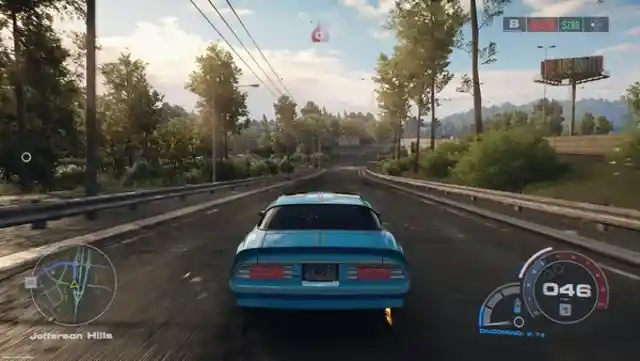

Sadly, the game’s success inspired a plethora of copycats and in a flooded market, subsequent entries in the franchise failed to stand out.
Tony Hawk’s Skateboarding Games
Tony Hawk is the world’s best-known skateboarder and therefore it makes sense that he was asked to front his own game. The series allowed players to try and master a variety of popular skate-tricks via mashing the right combination of buttons at the right time.
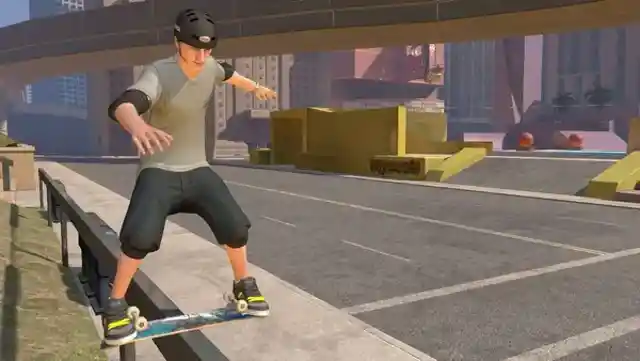

That the Tony Hawk games were essentially overthrown by Goat Simulator is the sorriest part of this story, and pretty much tells you all you need to know.
Devil May Cry
Originally conceived as an idea for Resident Evil 4, in 2001 Capcom made Devil May Cry its own independent property. The game was well-received, and has since produced five games in the series.
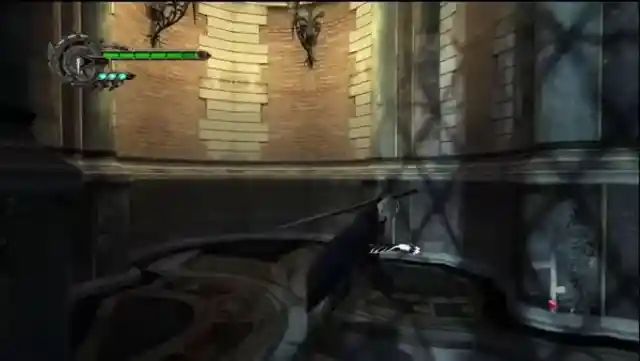
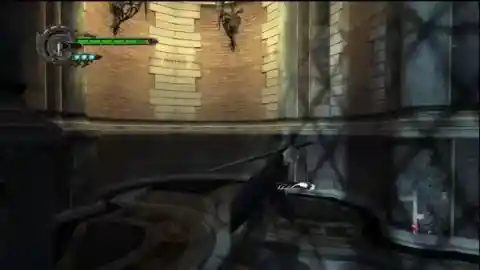
Developers committed the ultimate sin in Devil May Cry 5 and changed the appearance of game hero Dante, and the overall aesthetic, switching from Gothic to modern.
Altered Beast
Altered Beast was one of the primary games included in the initial release of the Sega Mega Drive. The side-scrolling beat ’em up was popular amongst gamers, but the sequel Altered Beast: Guardian of the Realms simply tried to carbon copy the original and failed miserably.
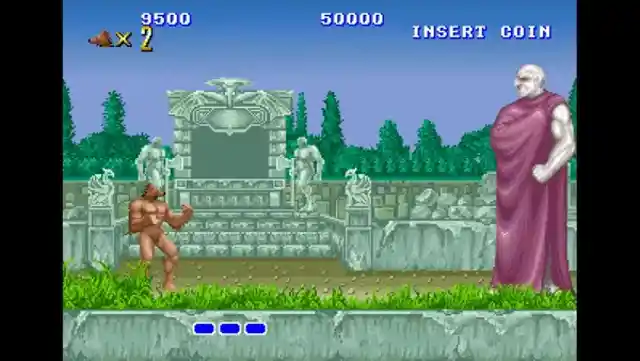
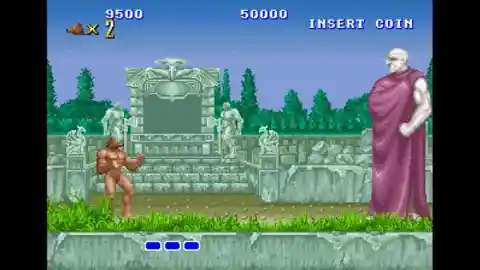
Further attempts have been made to resurrect the series with varying results. Maybe this one should just be forgotten to the sands of time.
Driver
Inspired by movie car chases, Driver lets players drive around four American cities in a range of vehicles as they step into the life of undercover officer, John Tanner. Described by one review as “a movie buff’s dream”, the first game was a huge hit.
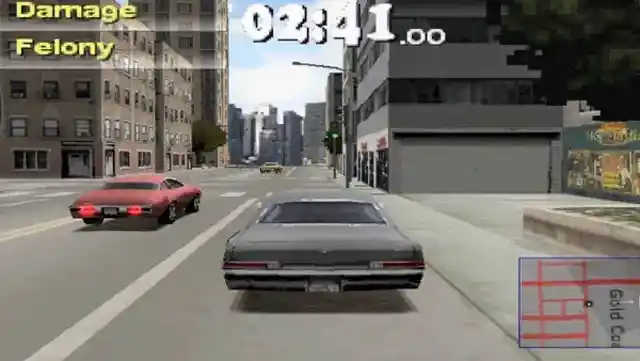
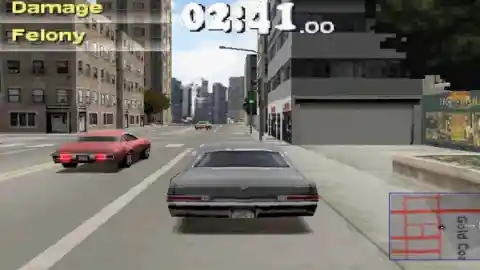
Sadly the wheels came off the franchise when the third game, Driv3r, was rush released so as to not clash with Grand Theft Auto: San Andreas.
Battlefield
The first Battlefield game was released in 2002, and was a constant opponent of the Call of Duty series. The first-person shooter was popular for a few games, but the onus of online multiplayer gameplay alienated some players.
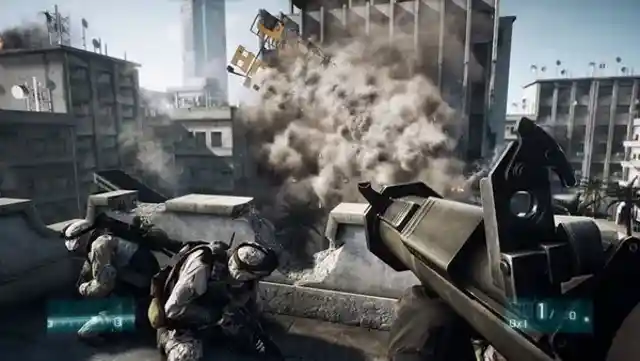
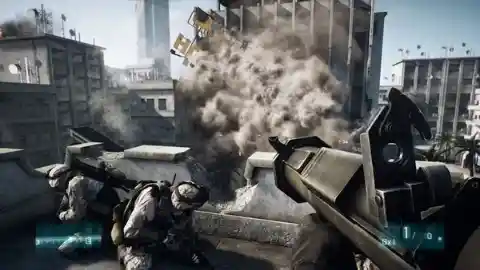
This became especially apparent with the release of Battlefield 2042, which erased the single-player mode all together.
Pac-Man
Pac-Man has been around since 1980. The character and its game are one of the defining moments of the decade. Unfortunately, Pac-Man has remained trapped in the past.
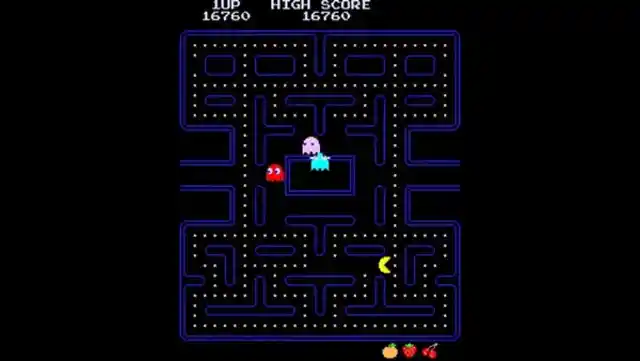
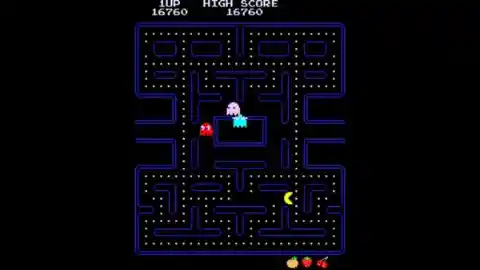
Several iterations, including Ms. Pac-Man and Pac-Man World, have tried to replicate the original phenomena’s success with limited results. All are cheap imitations of the classic and this is one franchise that should remain in the past.
Oddworld
Beginning in 1997 with Abe’s Oddysee, the Oddworld series, is as the name suggests, odd. A 2D platform game, Abe’s Oddysee tasks players with helping Mudokon slave, Abe, escape the meat processing factory in which he works.
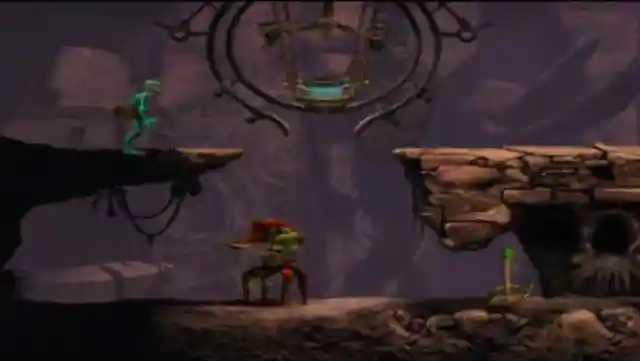
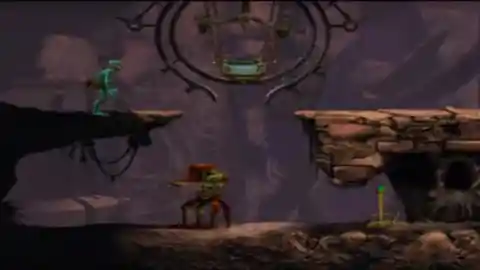
The two-dimensional styling was part of its charm and when the visual moved to 3D for the second sequel, many lost interest.
Dead or Alive
Beat ‘em up games are hard to sustain for entire franchises, and yet, they are one of the most long-standing sub-genres of video-games.
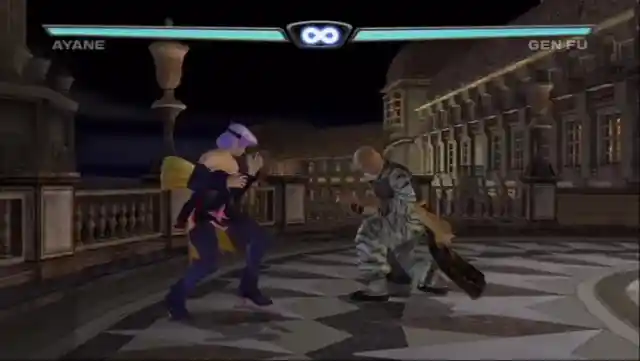
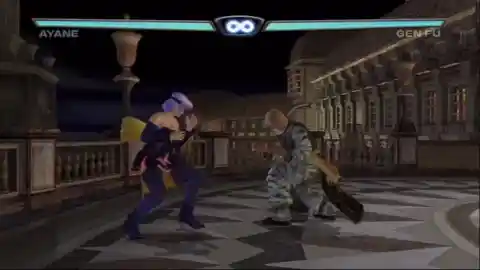
Another fatality on the pyre of fighting games that wore out their welcome quickly is the Dead or Alive series. Its worst failing is that no character took off in the same way as some in both Street Fighter and Tekken.